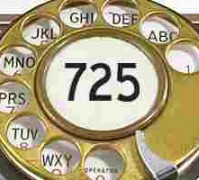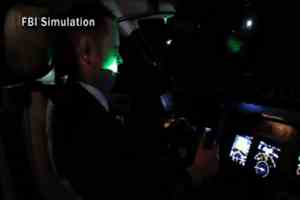
Henderson man indicted for lasing Metro police helicopters

A still from an FBI simulation video clearly shows the blinding effects of aircraft lasing. (Screenshot: FBI)
Man accused of lasing at Metro police helicopters
LAS VEGAS — A man accused of lasing Metro police helicopters on six known occasions has resulted in the arrest of a Henderson, Nev. resident.
David Zipf, 30,was indicted by a federal grand jury and was scheduled to appear for his initial arraignment on Wednesday.
Prosecutors allege the Zipf aimed a laser at Metro Police helicopters six times during the first two months of 2014.
Pointing a laser at aircraft, better known as lasing, is illegal because it is extremely dangerous.
What appears to be only a small millimeter-sized dot of light actually spreads out at longer distances and can cause visual problems for the pilot. If the beam hits the windscreen of a cockpit or the bubble of a helicopter, for example, the strip of light can further spread out causing what is known as “flash blindness”.
Laser beams aimed directly at a persons eye, from a distance or at close range, can cause permanent blindness.
In an attempt to combat the growing and potentially deadly problem of lasing it is now a felony to aim lasers at aircraft.
“Congress enacted a new federal statute in 2012 dealing with laser strikes, which makes it a felony to knowingly target an aircraft with a laser,” according to a statement by U.S Attorney Daniel Bogden.
In addition to the statute, an FBI initiative that became effective Feb. 11, rewards tipsters up to $10,000 for information that leads to the arrest of any individual who intentionally participates in lasing. The 60 day initiative will run in the FBI field offices where laser strikes against aircraft are prevalent.
George Johnson, a federal air marshal who serves as a liaison officer with the FBI on laser issues said that at the end of Dec. 13, there have been at least 35 incidents where pilots required medical attention due to lasing
If convicted, David Zipf faces up to thirty years in prison and a fine of up to $1.5 million.
Related articles






 Follow
Follow



